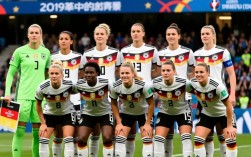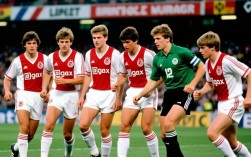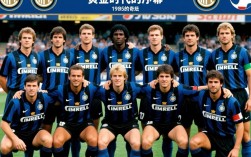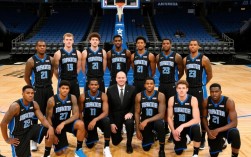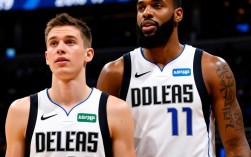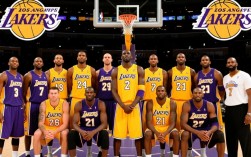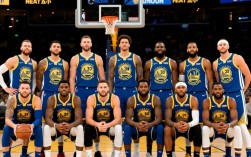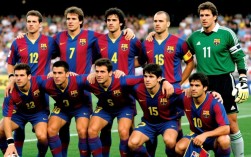1969年凯尔特人阵容解析
在NBA的历史长河中, few teams have embodied excellence quite like the 1968-69 Boston Celtics. Led by the legendary Bill Russell, this squad not only secured the franchise’s 11th championship but also marked the culmination of a remarkable dynasty. With a blend of seasoned veterans, emerging stars, and unyielding chemistry, the 1969 Celtics remain a gold standard for team basketball. Let’s delve into the key components that defined this iconic roster.

The Cornerstone: Bill Russell’s Final Stand
At the heart of the 1969 Celtics was Bill Russell, the ultimate winner and the team’s player-coach. By then, the 34-year-old Russell was in the twilight of his career, but his leadership and defensive prowess remained unmatched. Averaging 9.1 rebounds and 1.9 blocks that season, Russell anchored a defense that allowed just 104.7 points per game, the second-best in the league. His ability to elevate teammates—both on the court and in the huddle—was instrumental in guiding a team transitioning between eras. As the first Black head coach in NBA history, Russell’s dual role symbolized both his authority and the Celtics’ progressive ethos.
The Engine: John Havlicek and Sam Jones
John Havlicek, the “Havlicek Hustle” icon, emerged as the team’s offensive engine. Averaging 24.7 points, 7.1 rebounds, and 6.6 assists, the versatile forward was a constant threat in transition and clutch moments. His midrange jumper, tenacious defense, and basketball IQ made him the perfect complement to Russell’s leadership.
Guard Sam Jones, a clutch performer in six previous championships, continued his legacy with 17.5 points per game. Known for his deadly fadeaway jumper, Jones delivered in the playoffs, including a 34-point outing in the clinching Game 7 of the Finals. His cool demeanor under pressure epitomized the Celtics’ championship pedigree.
The Supporting Cast: Depth and Versatility
The 1969 Celtics thrived on balance, with contributors up and down the roster:

- Larry Siegfried: A steady floor general, averaging 10.2 points and 4.4 assists while defending multiple positions.
- Don Nelson: The “Earthquake” brought energy and efficiency, chipping in 11.6 points and shooting 51% from the field.
- Tom Sanders: A defensive stalwart, providing 9.3 points and 6.3 rebounds while locking down opposing forwards.
- Wayne Embry: The veteran center offered 11.2 points and 8.6 rebounds, spelling Russell with consistency.
Even role players like Don Chaney (rookie guard) and John Thompson (reserve big man) contributed valuable minutes, reflecting the team’s depth and Russell’s ability to maximize every player’s strengths.
The X-Factor: Coach Bill Russell’s System
Russell’s coaching philosophy mirrored his playing style: unselfishness, defense, and adaptability. He implemented a motion offense that prioritized ball movement and high-percentage shots, while his defensive schemes stifled opponents’ stars. Notably, he benched himself in favor of younger players like Embry during stretches of the Finals, showcasing his trust in the team’s collective talent. This flexibility was key to overcoming the star-stacked Los Angeles Lakers in a thrilling 7-game series.
The Rivalry: 1969 NBA Finals Showdown
The Celtics’ path to glory culminated in a legendary Finals matchup against the Lakers, led by Jerry West (37.9 points per game in the series) and Elgin Baylor. After splitting the first six games, Game 7 at the Boston Garden became an instant classic. Havlicek’s 29 points and Jones’ clutch shooting propelled the Celtics to a 108-106 victory, securing Russell’s final ring and the 11th title in 13 years. The series epitomized the Celtics’ resilience, with six games decided by 3 points or fewer.
Legacy: The End of an Era, The Beginning of a Legend
The 1969 Celtics marked the end of the Russell era and the original dynasty, but their impact endures. They proved that teamwork and culture could triumph over individual talent—a lesson still relevant in today’s NBA. Russell’s dual role as player-coach broke barriers, while Havlicek’s emergence laid the groundwork for future stars. As the final championship of the 1950s-60s dynasty, the 1969 team remains a symbol of basketball excellence, revered for its grit, intelligence, and unwavering commitment to winning.
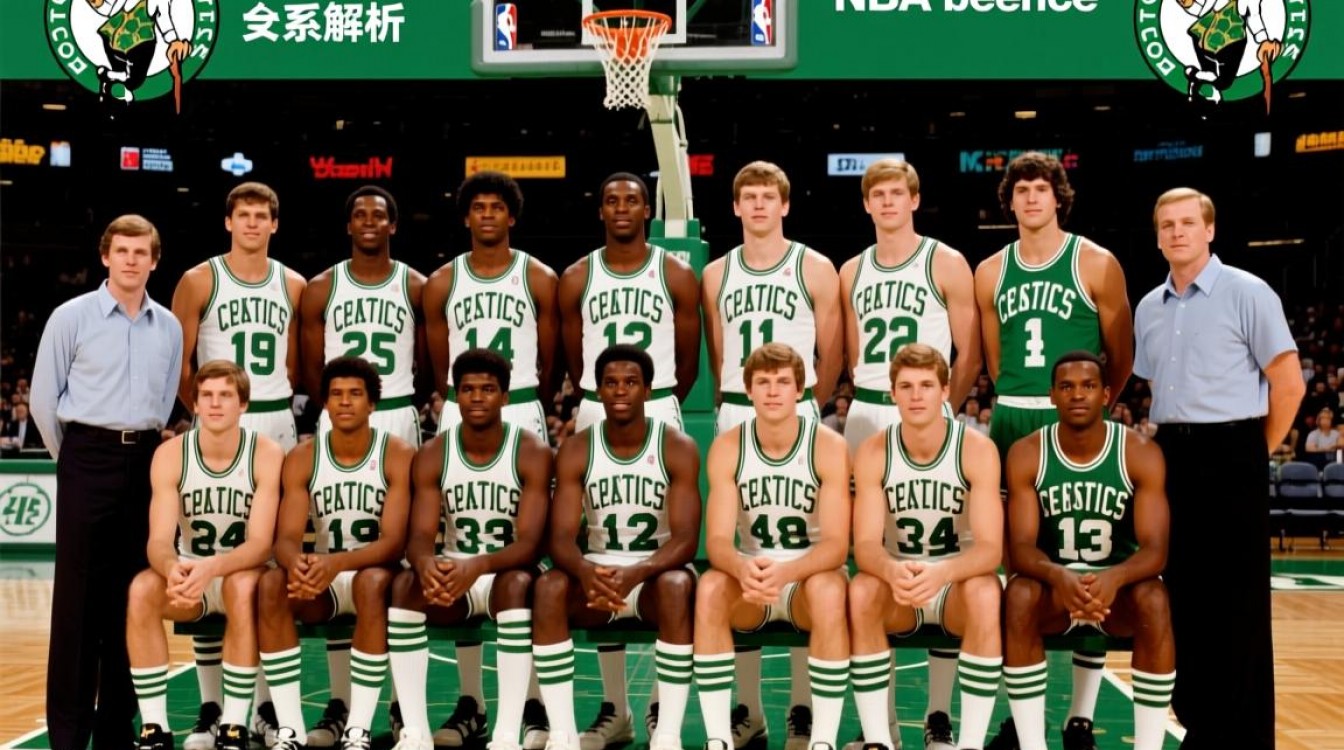
In conclusion, the 1969 Boston Celtics were more than a team—they were a phenomenon. With Russell’s leadership, Havlicek’s brilliance, and a roster built for the collective, they crafted a season that transcended time, cementing their place as one of the greatest teams in sports history.

